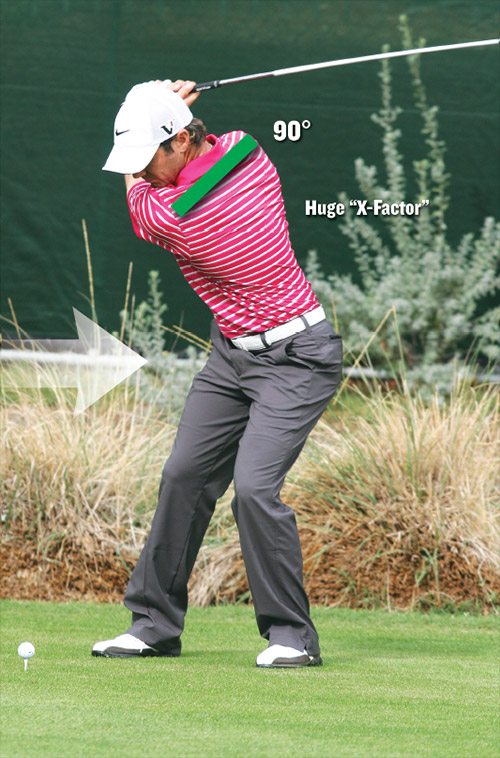south bend bamboo
Question
QUESTION: hi Joe, i just picked up a 7.5', #291 four piece fly rod. it appears old, the eyelets are rusty, but over all it looks to be in good shape. would like to restore, but not sure what the finish is. I picked it up for 12.00. i know this was a deal. any idea on its value?
ANSWER: Hi David,
Sounds like you found a great deal.
The model 291 came as a 4 piece rod with only one tip so it sounds like you have it all. Its companion rod was the model 290 which was a 2 piece version with two tips. The 291 & 290 are among the most desirable of the South Bend rods. The 291 in Poor-Fair condition is valued about $60-$70; in Good-Very Good condition about $140-$160; and in Excellent-Mint condition about $290-$320. This assumes the rod, rod bag and rod tube are all present and the condition of each piece matters in overall evaluation. If you have all these original items and the rod is in the condition you describe, it would probably fall in the Good category.
Restoring it will help. The finish is likely varnish. You can use a good spar varnish to refinish the rod. You may be able to clean the guides sufficiently to use them if they are not pitted with rust. Replacing the guides will require new wrapping with the proper thread and color. Pretty much all of the vintage thread colors and styles are available again. Replace the guides and wrap before you varnish the rod.
If the old finish is checked or alligatored, you will want to remove it. You can use a citrus based stripper or you can scrape the old finish off using a razor blade or knife blade held perpendicular to the rod surface. Make sure you do not cut or scratch the bamboo surface. If it is not checked or cracked, scuff it with a scotch pad before applying the new varnish.
If you are comfortable doing the work involved in restoring the rod, just take your time and you will get good results. If you are not comfortable, and you want to preserve the value of the rod, find a local rod builder who can do the restoration for you.
Good luck. Joe
---------- FOLLOW-UP ----------
QUESTION: one more thing, the tip section has a slight crook in it. is this natural with bamboo rods and is there any way to take it out? thanks for the help Joe. David
Answer
Hi David,
Bamboo rods can develop a curve or set in one or more rod sections in a variety of methods but for basically one reason. A set in the tip section is frequently the more noticeable because it of the smaller diameter of that section. Actually, pretty much all rods can develop a set but it tends to be noticed more in the bamboo rods.
Bamboo rods are constructed of multiple strips of bamboo (usually six) that have been shaped into equilateral triangle wedges with a gradual taper from butt to tip. The six sections are then glued together to form the individual rod sections...in your case four of them. The outer layer of the bamboo strips used retains the original plant enamel coating. The inner two sides are softer material with fibers running longitudinally from butt to tip. A curve or set occurs when the fibers on one side of the rod are stretched more than the fibers on the opposite side and the rod can't recover its original shape (straight).
You can cause a set by excessive use of the rod on fish too large for its design; by pulling against a snag in the water to excess; by excessive exposure to heat in the trunk of your car or hanging in the rear window of your truck; and, most common, by improper storage like leaning the rod in the corner fully assembled, storing the rod horizontally on a rack or shelf without adequate support or putting it away in the closet but not putting it inside its tube. In some cases, a rod with years of steady use may develop a small set just because it has been well used.
Yes, the set can be removed. After removing a set, there is some possibility that the rod can develop another set in the same location. However, if you take proper care of the rod, it should remain in good shape for years.
The set is removed by applying low heat to the area that is curved while carefully bending the rod back against the curve. This is done very slowly and with lots of checking to see what progress is made and to make sure the rod shaft is not too hot. It can take hours to correct a bad set. Basically, what you are doing is stretching the fibers opposite the curve to match those that have stretched to cause the curve. Low heat and patience are key. Too much heat can damage the rod shaft and/or the rod finish.
I like to do this by moving the rod across a flow of heated air from either a hair dryer or heat gun on its lowest setting. I apply pressure on the rod and move it back and forth through the heat checking every few seconds to see what's happening. I also have an old piece of fancy crown moulding with several different grooves cut in it. I lay this down on the bench and put the tip end of the rod in one of the grooves to keep it form slipping and apply pressure by bending the rod with one hand while running the heat gun back and forth over the curve with my other hand.
Both ways work, the first is probably the easiest. You can mess this up and cause a curve in the other direction or create multiple curves or damage the rod or finish so caution is important. With some rods, I do a little work on a set each day for a week or so to avoid any damage and to let it sit overnight between sessions. Seems to help on some of them.
Same advice as last time. If you think you can do this, go slow and be careful and you will have good results. If you think you can't do it, find a local rod builder who can do the work for you. Most builders have removed sets in rods even if they don't do restoration work.
Good luck, Joe
Stocking a small pond
crappie/bass fishing tackle


